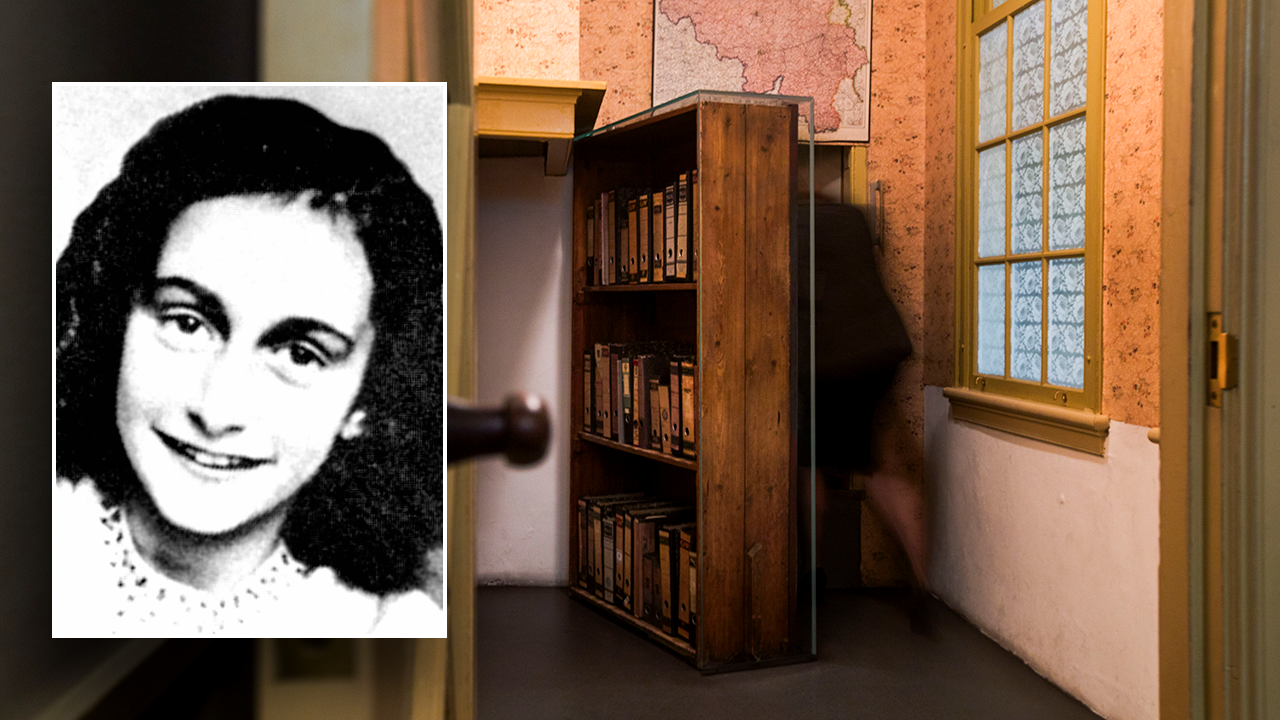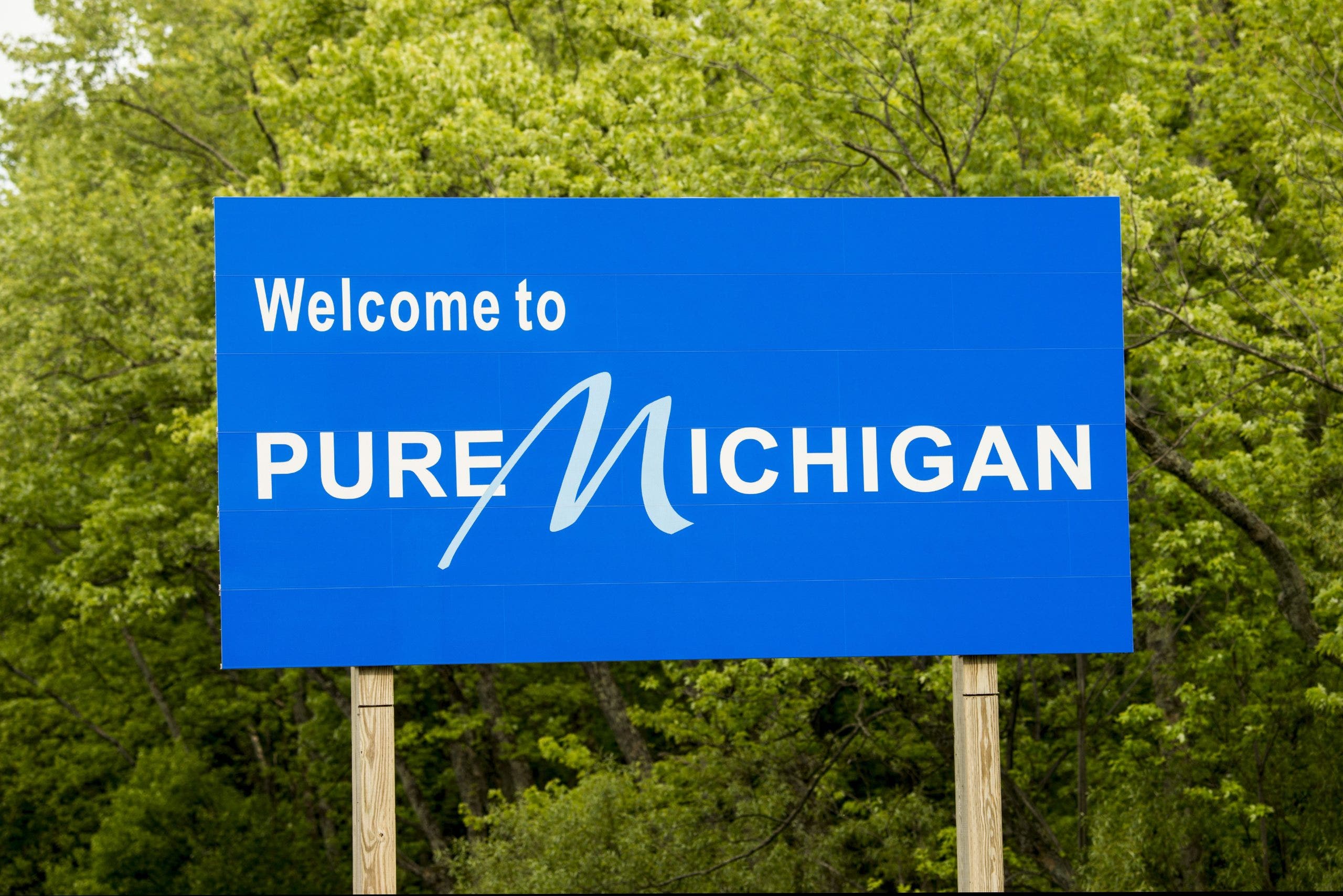For decades, visitors flocking to New York for Pride every June found plenty of packed bars and jubilant parties but no easy way to engage with the city’s rich L.G.B.T.Q. history.
Even Sheridan Square, the center of the 1969 Stonewall Uprising that catalyzed the gay liberation movement, had little to see for anyone interested in the queer past.
“The guest experience when they got there was a bar, a bench and a park,” said Ross Levi, a director and vice president at the New York State Division of Tourism. “That isn’t terribly helpful for somebody who comes during the day when the bar is closed. It’s not terribly helpful if you have kids that you want to bring and learn about the history of the area.”
The building that houses the new center sits next door to the current Stonewall Inn bar (which opened in the early 1990s). But back in the late 1960s, an earlier bar of the same name occupied both spaces, which were connected by an interior doorway. Not long after the riots, the original Stonewall Inn went out of business, and the connecting doorway was bricked up.
The storefront next to the current Stonewall Inn stood empty in 2022, when Diana Rodriguez, the chief executive of Pride Live, an L.G.B.T.Q. advocacy group, took over the space. Nail salon chairs from the previous tenant still lined the walls.
Ms. Rodriguez raised more than $3 million, much of it from corporate donors, to build the visitors’ center, which her organization will manage. The center will offer National Park Service rangers working at the monument a much-needed roof over their heads (they currently have to use local businesses’ restrooms) and give visitors of all ages a place to share in the monument’s history through a number of exhibits (free admission).
“My hope is that people come in, learn more about Stonewall,” Ms. Rodriguez said. “And then, at the end of their time here, that they feel compelled to take action.”
The new visitors’ center in Manhattan is just one site that offers a glimpse into New York City’s queer history. Here are four more, one in each other borough.
Staten Island
In 1994, the activist group Lesbian Avengers marched to a charming white cottage on Staten Island’s eastern waterfront chanting, “Alice was a lesbian, and a lesbian she’ll always be.” That house, originally built in 1690, once belonged to Alice Austen, a groundbreaking documentary photographer who captured a quickly changing New York City at the turn of the 20th century. It became a museum after her death in 1952.
What the Avengers were protesting was the institution’s unwillingness to acknowledge that Austen lived there for 30 years with her partner, Gertrude Tate, and used the property as a studio for the many pictures she took of the couple’s nontraditional friend group.
“I felt like it was incredibly important for the house to have a lesbian leading the interpretation,” said Victoria Munro, who took over the museum’s direction in 2017 and has been spearheading the effort to bring to light Austen’s contributions to L.G.B.T.Q. history.
Now, visitors ($5 suggested admission) can admire more than 7,000 of Austen’s works, including photos challenging norms of gender and sexuality, as well as rotating photo exhibitions, often by queer artists, and a garden celebrating the gender fluidity of plants. Lesbian Avengers are back, too: The photographer Saskia Scheffer’s images of the 1994 protest are being exhibited on the house’s lawn for at least the rest of the summer.
Queens
For decades, the People’s Beach, a slice of Jacob Riis Park on the Rockaway Peninsula, has been the spot where queer New Yorkers can shed layers and inhibitions without unwelcome stares, piling up so close to one another that it’s sometimes hard to see sand between the colorful towels and sunshades (free admission; $20 daily parking fee).
“It’s very warm, and it’s a real community,” said Timothy Leonard, the Northeast program manager for the advocacy group National Parks Conservation Association, who learned to ride his bike on the boardwalk at Riis and, later, as a teenager grappling with his gay identity, found a sense of belonging on the beach. “It’s just a place of celebration.”
In recent years, the beach, part of Gateway National Recreation Area, has been undergoing some major transformations.
The 1932 Jacob Riis Bathhouse, which was shuttered for decades, is scheduled to reopen next summer, after the completion of an ambitious $50 million development project. The exterior of the Art Deco building and interior tile work are being restored, and new amenities will include hotel rooms, a bar, a courtyard pool and lounge area, and a rooftop restaurant.
Severe erosion has closed some areas of the beach this summer, but that’s unlikely to dampen the queer-friendly spirit, even if the party has to shift down the sand.
Marsha P. Johnson, an activist and transgender icon who died in 1992, is not known to have spent time on the Williamsburg waterfront. Yet she made history there, when in 2020 the seven-acre East River State Park was renamed for her — the first New York state park to honor an openly L.G.B.T.Q. person.
“The renaming opened the door to reimagine the park,” said Leslie Wright, the state parks regional director for New York City. The park was remodeled not only to be more resilient against climate change, but also to honor Johnson’s legacy, with input from the local and L.G.B.T.Q. communities, Johnson’s family, and public art consultants.
The park’s entrance is now marked by a colorful ornamental gateway reminiscent of the flower crowns Johnson wore, along with the phrase “Pay it no mind” — her favorite retort, including to a judge who asked her what her middle initial stood for. Signs dedicated to transgender history and awareness line the pathways.
Aside from offering a stunning view of the Manhattan skyline Marsha P. Johnson State Park hosts the popular Brooklyn open-air food festival Smorgasburg (Saturdays) as well as a range of L.G.B.T.Q.-centric events for Pride Month.
The Bronx
Among the many prominent New Yorkers buried in the 400 acres of rolling hills at Woodlawn Cemetery, a National Historic Landmark, are those who contributed to L.G.B.T.Q. history, such as the poet Countee Cullen, a teacher of the openly gay writer James Baldwin; Herman Melville, whose works like “Moby Dick” and “Billy Budd” are suffused with homoeroticism; and the suffragists Carrie Chapman Catt and Mary Garrett Hay, life partners for decades, who are buried side by side.
“It’s moving to know that there were people who lived these lives very bravely, heroically in the past,” said Ken Lustbader, a co-founder of the NYC LGBT Historic Sites Project. “Without the support systems that exist today, but paving the way for the visibility and allies that we have today through their actions.”
Each year for Pride, his organization offers a trolley tour of the cemetery, highlighting the stories behind some of the burial sites and making them more visible by placing rainbow flags next to them.
Follow New York Times Travel on Instagram and sign up for our weekly Travel Dispatch newsletter to get expert tips on traveling smarter and inspiration for your next vacation. Dreaming up a future getaway or just armchair traveling? Check out our 52 Places to Go in 2024.






